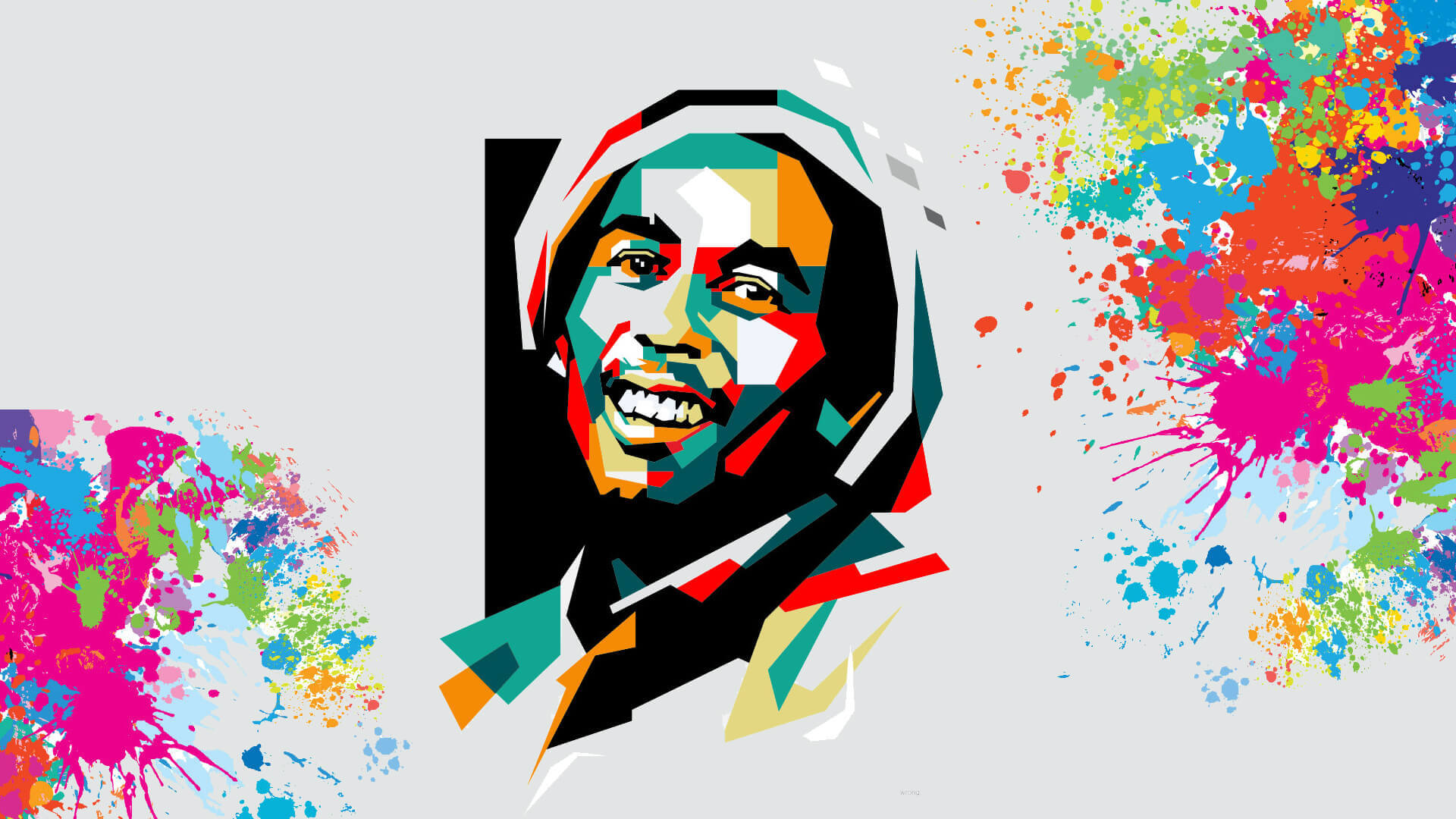Visual Arts ,Grade 10th,Open (AVI2O)


-
Name:Visual Arts ,Grade 10th,Open (AVI2O)
-
Grade:Grade 10th
-
Prereq:None
-
Code:AVI2O
-
Type:Open
-
Credit Value:1
-
Develop Date:2021-01-01
-
Course Price:CAD $1300
-
Status:Active
Course Description:
This course enables students to develop their skills in producing and presenting art by introducing them to new ideas, materials, and processes for artistic exploration and experimentation. Students will apply the elements and principles of design when exploring the creative process. Students will use the critical analysis process to reflect on and interpret art within a personal, contemporary, and historical context. Students will use the critical analysis process when evaluating their own work and the work of others. The course may be delivered as a comprehensive program or through a program focused on a particular art form (e.g., drawing, painting, creative writing, photography, video, computer graphics, and information design).
Aims and Objectives:
- The aim of this course is the approach to find one’s own relativity with Arts. (Visual and Literary)
- Develop understanding for the importance of Arts (Visual and Literary) through History and Contemporary departments. (Introduction, theories, Origins, forms)
- Introducing different Elements and Principals for different forms of Arts. (Visual and Literary)
- To help in developing the skill of the student to have his/her own choice of original expression for approaching the field of Arts.
- To develop skills of conveying and understanding the message through a form of Art. (Visual and Literary)
- To develop creativity and exploration of different mediums/ tools to create an Art form. (Visual and Literary)
- To develop skill for the Art of Creativity.
- Creating different exercises and activities to enhance skill and creativity in the student.
- Making the student aware of the terminology of Arts.
- One of the main aims of this Art course is to guide the student for developing the different perspective for looking at things and themselves as well.
- To explore one own self, interests and dislikes to develop the right skill to express in the Art language.
- To develop confidence in the students and to guide them the strength of communication through any medium of Arts.
Expectations:
- Exploration Creating and Presenting:
- The Creative Process: apply the creative process to create a variety of art works, individually and/or collaboratively.
- The Elements and Principles of Design: apply elements and principles of design to create art works for the purpose of self-expression and to communicate ideas, information, and/or messages.
- Production and Presentation: produce art works, using a variety of media/materials and traditional and/or emerging technologies, tools, and techniques, and demonstrate an understanding of a variety of ways of presenting their works and the works of others.
- Reflecting, Responding, and Analyzing:
- The Critical Analysis Process: demonstrate an understanding of the critical analysis process by examining, interpreting, evaluating, and reflecting on various art works.
- Art, Society and Values: demonstrate an understanding of how art works reflect the society in which they were created, and of how they can affect personal values.
- Connections Beyond the Classroom: demonstrate an understanding of the types of knowledge and skills developed in visual arts, and describe various opportunities related to visual arts.
- Foundation:
- Terminology: demonstrate an understanding of, and use the correct terminology when referring to elements, principles, and other components related to visual arts.
- Conventions and Techniques: demonstrate an understanding of conventions and techniques used in the creation of visual art works.
- Responsible Practices: demonstrate an understanding of responsible practices related to visual arts.
Unit-wise Progression:
|
Unit
|
Title and Subtopics |
|
Unit 1 |
The Elements and Principles of Art
- Hours: 10 |
|
Unit 2 |
Drawing
- Hours :23 |
|
Mid-Term - Hours: 2 |
|
|
Unit 3 |
Painting
- Hours: 23 |
|
Unit 4 |
Prehistoric and Ancient Egyptian Art History and the Art of Etching
- Hours: 22 |
|
Unit 5 |
Ancient Greek, Ancient Roman, and Medieval Art History
- Hours: 24 |
|
Culminating Activity – 4 Hours |
|
|
Final Term – 2 Hours |
|
|
Total – Hours 110 |
|
Teaching/Learning Methodologies:
Teaching practical art courses by distance learning has always been a challenge for both teacher and student. At the EHS for e-leaning classes, we provide globally accredited art and design courses for those who choose to learn online. EHS Web-based delivery system enables students to receive teaching materials and upload images of their work at each stage of development without the delays, transport costs, and security problems associated with traditional distance-learning courses. We use new technology to facilitate the acquisition of traditional skills. Students can use a digital camera to photograph and upload their work at every stage of development through to completion, enabling tutors to guide their progress and give practical advice. Students can log on at home, during breaks at work, or while they are travelling. Students don't need a broadband connection or specialized software. And there are no time restrictions; students can communicate with their tutor whenever they want to. Students are encouraged to upload images of their work at every stage of development to produce a comprehensive of the creative process. A few of the things students will be provided are the following:
- Lesson plans
- PowerPoint presentations
- Videos
- Reading Packs
- Assignment for Learning
- Assessment of Learning
- Quiz
All of these are a cluster of downloadable and embedded files that will be provided to each candidate with the progression of the course.
E-Learning Approach:
E-learning is not only a training method but it is a learning method that is tailored to individuals. It is found that different terminologies have been used to define learning that takes place online which actually makes difficult to develop a generic definition.
E-learning includes the delivery of content via Internet, Intranet, and Extranet, satellite broadcast, audio-video tape, interactive TV and CD-ROM. The term implies that the learner is at a distance from the tutor or instructor, that the learner uses some form of technology.
With attention to this new system of education that is spreading across the globe it’s imperative that the content of such study programs are enhanced and modified to serve both the learner and the instructor well whilst dealing with the gap of conventional studying methodologies. Thus the courses promise its reader an experience full of engagement, student-concentric approach, personalization and Interaction. Using a wide array of multimedia tools, cloud based LMS and diverse repository of subject tailored audio-visual material that student can utilize and learn in a stimulated work environment where he’s in charge of his work hours.
Our e-learners paddle through these courses in the mediation of skilled mentors to the finish line with understanding of their subject’s application into real world problems following a futuristic model of education.
Strategies for Assessment and Evaluation of Student Performance:
Assessment is the ongoing gathering of information related to the individual student’s progress in achieving the curriculum expectations of the course. To guide the student to his/her optimum level of achievement, the teacher provides consistent and detailed feedback and guidance leading to improvement. Strategies may include:
- Diagnostic assessment
- Formative assessment
- Summative assessment
- Performance assessment
- Portfolio assessment
- Rubrics
- Checklists
The final grade will be based on:
|
Weightage in Percentage
|
Categorical Marking Breakdown |
|
40% |
Course Work |
|
15% |
Mid Term |
|
15% |
Culminating Activity |
|
30% |
Final Exam |
|
Assessment of Learning
|
||
|
Student Product |
Observation |
Conversation |
|
Learning Logs (anecdotal) Assignment Pre-tests (scale/rubric) Quizzes (scale/rubric) Rough drafts (rubric) Graphic organizers (scale) Peer feedback (anecdotal/checklist) Reports (rubric) Essays (rubric) Webbing/Mapping (rubric/scale) Vocabulary notebooks (anecdotal) Visual Thinking Networks (rubric) Tests (scale/rubric) Exams
|
Self-proofreading (checklist) Class discussions (anecdotal) Debate (rubric) PowerPoint presentations (rubric) Performance tasks (anecdotal/scale)
|
Student teacher conferences (checklist) Debate (rubric) Peer-feedback (anecdotal) Peer-editing (anecdotal) Oral pre-tests (scale/rubric) Oral quizzes (scale/rubric) Oral tests (scale/rubric) Question and Answer Session (checklist)
|
Resources Required by the Student:
- Microsoft Suite (Word, Excel, Power-point etc.)
- A laptop, or Mac, or Android, or any other operating system functional enough to use the web browser and use online software’s.
- Various recycled materials of your choice (this will vary depending on student)
- A camera to record and take stills. Should be at least enough to convey the message.
- Props for set design.
- A notebook and a pencil for brainstorming.
- Curriculum Reference: The Arts, The Ontario Curriculum, Grades 11 and 12, 2010 (Revised)







